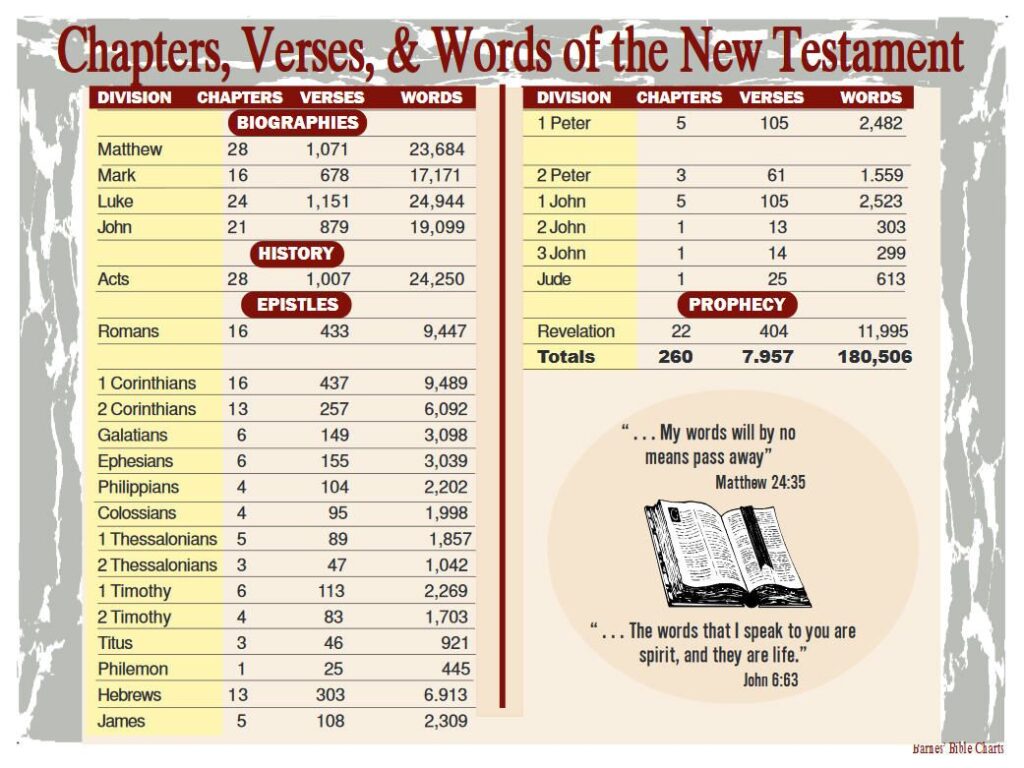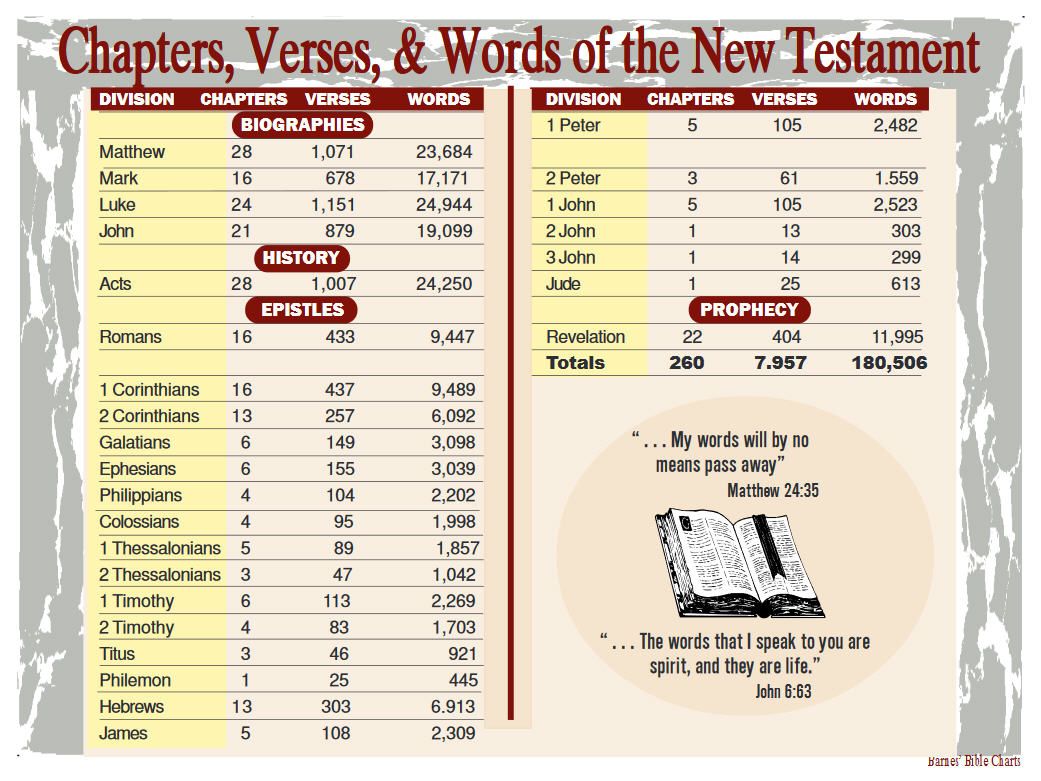
Bible Chapter and Verse: How to Write Accurate Citations
Citing the Bible accurately is crucial for academic papers, sermons, personal study, and general communication about scripture. Knowing how to write a bible chapter and verse reference correctly ensures clarity and avoids misinterpretation. This article provides a comprehensive guide to mastering bible chapter and verse citations, covering various styles, common errors, and best practices. Whether you’re a student, pastor, or simply a curious reader, understanding bible chapter and verse notation is essential for effective communication about the Bible.
Understanding the Basics of Bible Citation
Before diving into specific citation styles, let’s establish the fundamental components of a bible chapter and verse reference. A typical citation consists of the book name, chapter number, and verse number(s), separated by specific punctuation marks. These elements work together to pinpoint a precise passage within the Bible.
- Book Name: This is the title of the specific book within the Bible (e.g., Genesis, Matthew, Psalms).
- Chapter Number: This indicates the chapter within the book where the verse is located. Chapters are always represented by numerals.
- Verse Number: This signifies the specific verse within the chapter. Multiple verses can be cited using a hyphen for a range or a comma for non-consecutive verses.
For example, “John 3:16” refers to the 16th verse of the 3rd chapter of the Gospel of John. This is a simple, yet powerful way to locate and share a specific passage. The accuracy of a bible chapter and verse citation hinges on correctly identifying each of these components.
Common Citation Styles
While the basic components remain consistent, different citation styles employ slightly different formatting conventions. Here are some of the most common styles used when citing bible chapter and verse:
The Chicago Manual of Style (CMOS)
CMOS is widely used in academic publishing. In CMOS, the book name is typically spelled out in full, followed by the chapter and verse, separated by a colon. For example: Genesis 1:1. When citing a range of verses, use an en dash: Genesis 1:1–3. If citing multiple non-consecutive verses, use commas: Genesis 1:1, 3, 5. Footnotes and endnotes often include the Bible version being cited (e.g., Genesis 1:1 (NIV)).
The Modern Language Association (MLA)
MLA style is common in humanities disciplines. Similar to CMOS, MLA usually spells out the book name. The chapter and verse are separated by a colon. For a range of verses, use a hyphen: John 3:16-17. Indicate the Bible version in the first citation: (New International Version). Subsequent citations can omit the version unless a different version is used.
The Society of Biblical Literature (SBL) Handbook of Style
SBL is the standard for biblical studies and theology. This style typically abbreviates the book name (e.g., Gen 1:1). A period separates the book abbreviation from the chapter and verse. For a range of verses, use an en dash: Gen 1:1–3. SBL also provides specific abbreviation guidelines for each book of the Bible. Consistency is key when using SBL style.
Other Styles
Many churches and denominations have their own preferred style guides for citing bible chapter and verse in sermons, bulletins, and other publications. It’s always best to consult the specific guidelines of the organization or publication for which you are writing.
How to Write a Bible Chapter and Verse Reference: Step-by-Step
Here’s a step-by-step guide to writing accurate bible chapter and verse citations:
- Identify the Correct Book: Ensure you have the correct book of the Bible. Double-check the spelling and capitalization.
- Locate the Chapter: Find the chapter containing the verse you want to cite. Chapter numbers are always represented as numerals.
- Pinpoint the Verse(s): Determine the specific verse or verses you want to reference.
- Choose Your Citation Style: Select the appropriate citation style based on the context (e.g., CMOS, MLA, SBL, or a specific organizational style).
- Format the Citation: Follow the formatting rules of your chosen style, including punctuation, abbreviations, and capitalization.
- Proofread Carefully: Double-check your citation for accuracy. Even a small error can lead to confusion.
For example, if you want to cite the first verse of the book of Genesis, chapter 1, using CMOS style, you would write: Genesis 1:1. If you were using SBL style, you would write: Gen 1:1.
Common Mistakes to Avoid
Several common mistakes can lead to inaccurate bible chapter and verse citations. Here are some pitfalls to avoid:
- Incorrect Book Names: Double-check the spelling and capitalization of book names. For example, make sure you write “Philippians” and not “Phillipians.”
- Wrong Chapter or Verse Numbers: Carefully verify the chapter and verse numbers. A simple typo can change the meaning of the citation.
- Inconsistent Punctuation: Follow the punctuation rules of your chosen style consistently. Use colons, commas, and en dashes correctly.
- Mixing Citation Styles: Avoid mixing elements from different citation styles. Choose one style and stick to it throughout your document.
- Omitting the Bible Version: If required by your style guide, always include the Bible version you are citing.
Avoiding these common errors will significantly improve the accuracy and credibility of your bible chapter and verse citations.
Tips for Accurate and Consistent Citations
Here are some additional tips to ensure your bible chapter and verse citations are accurate and consistent:
- Use a Style Guide: Keep a copy of your chosen style guide handy and refer to it frequently.
- Create a Template: Develop a template for each type of citation you use. This can help you maintain consistency.
- Use Citation Management Software: Consider using citation management software like Zotero or Mendeley to automate the citation process.
- Proofread Carefully: Always proofread your citations carefully before submitting your work.
- Consult a Librarian or Writing Center: If you are unsure about any aspect of citation, consult a librarian or writing center for assistance.
By following these tips, you can ensure that your bible chapter and verse citations are accurate, consistent, and professional.
Examples of Correct and Incorrect Citations
To further illustrate the principles discussed above, here are some examples of correct and incorrect bible chapter and verse citations, using various styles:
Correct Citations (CMOS)
- Genesis 1:1
- Psalm 23:1–3
- Matthew 5:3–7, 10
- John 3:16 (NIV)
Incorrect Citations (CMOS)
- Genesis 1: 1 (Incorrect spacing)
- Psalms 23:1-3 (Incorrect dash)
- Matt 5:3 (Abbreviated book name)
- John 3 16 (Missing colon)
Correct Citations (SBL)
- Gen 1:1
- Ps 23:1–3
- Matt 5:3–7, 10
Incorrect Citations (SBL)
- Genesis 1:1 (Full book name)
- Psalm 23:1-3 (Incorrect dash)
- Matthew 5: 3 (Incorrect spacing)
These examples highlight the importance of paying attention to detail when citing bible chapter and verse. Consistent adherence to the rules of your chosen style is crucial for accuracy.
The Importance of Accuracy in Bible Citation
Accurate bible chapter and verse citation is paramount for several reasons. First, it ensures that readers can easily locate the passages you are referencing. This is essential for verifying your claims and understanding the context of your arguments. Second, accurate citation demonstrates your credibility as a writer or speaker. It shows that you have taken the time to research and present your information carefully. Finally, accurate citation helps to avoid misinterpretations of scripture. By providing precise references, you can prevent readers from drawing incorrect conclusions based on incomplete or inaccurate information. [See also: Understanding Biblical Hermeneutics]
Conclusion
Mastering the art of writing accurate bible chapter and verse citations is a valuable skill for anyone who studies, teaches, or writes about the Bible. By understanding the basic components of a citation, choosing the appropriate style, avoiding common mistakes, and following the tips outlined in this article, you can ensure that your citations are clear, consistent, and credible. Whether you are writing an academic paper, preparing a sermon, or simply sharing your faith with others, accurate bible chapter and verse citations will enhance your communication and deepen your understanding of scripture. Remember to always proofread your work and consult a style guide when in doubt. With practice and attention to detail, you can become proficient in the art of bible chapter and verse citation.

